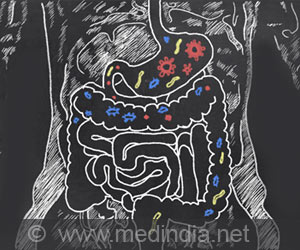Co-author Professor Nick Spencer from Flinders University’s College of Medicine and Public Health says this mini brain, or the “first brain,” could provide complex motor behaviors that shape the semi-solid feces in the proximal colon, turning them into solid content of appropriate size in the mid-distal colon.
“It shows the remarkable capability of the enteric nervous system to perform complex motor behaviors even when disconnected from the central nervous system,” says Professor Spencer.
The study was the result of combining mechanical and electrical activity of the intestine, techniques developed by Professor Costa’s team at Flinders University.
“This recent research points to the likely similarity between all mammalian species, including humans, whereby these neural circuits are involved in shaping fecal material,” says Professor Costa.
Understanding how the guts of animals and humans work is integral to the long-term understanding and management of functional complications like diarrhea or fecal urgency, which often occur after colorectal surgeries involving the sigmoid-rectal junction; where the large intestine meets the rectum.
These findings represent the culmination of the entire work for Professor Costa, who started his research on the guinea pig colon in the 1970s and is one of the pioneers in studies of the enteric nervous system, that generated the new field of Neurogastroenterology.
An accompanying perspectives article titled “From watery and fluffy to soft and formed: What shapes our stool?” has been published alongside the research.
“Novel intrinsic neurogenic and myogenic mechanisms underlying the formation of fecal pellets along the large intestine of guinea-pigs” has been published in the Journal of Physiology.
Source: Medindia



